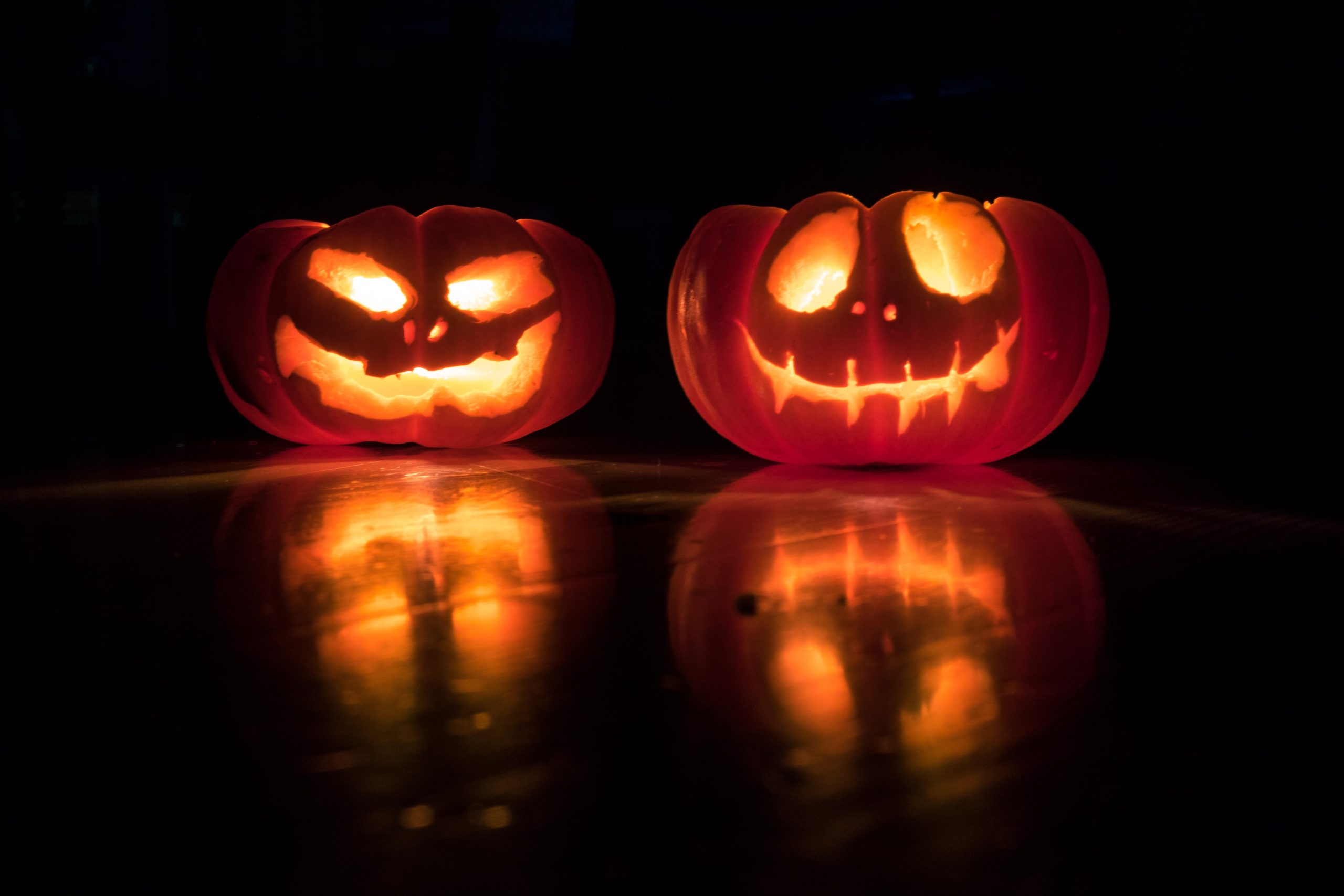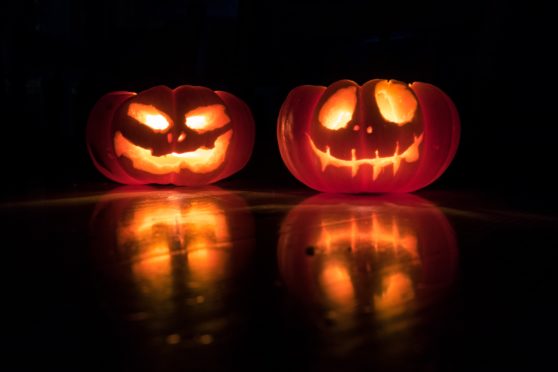When did Halloween become such a thing?
You’d think Christmas was around the corner the way my wee ones are speaking.
And you could be forgiven for thinking the language they’re speaking is American.
Monty: “Mummy,” (small mercies, it could have been “Mom”) “Are we going trick or treating this year? We’ve never been before.”
Me: “Yes we are. And it’s guising actually, trick or treating is an American term, the old Scots tradition of dressing up in disguise dates back much further.”
Monty (glazed over by this information into a state of glaikitness): “Right. So when we knock on doors we’ll get lots of candy?”
Me: “What? Candy? You’ve been watching too many American cartoons. Right, TV ban. It’s not ‘candy’ it’s sweets or chocolate or swetchies . . . a good Dundee word.”
Chester: “Swetchies? You are funny Mummy. Do we get them though? The sweets?”
Me: “Look, we’re not just going out to knock on doors and get stuff. You’ve got to work for it.
“You’ve got to tell a joke, or sing a song. And smile. And say thank you.”
Granted a four and six year old might not be interested in the history of Halloween – or indeed a lecture on manners – but maybe one day they’ll listen when I tell them we were way ahead of the Americans.

Robert Burns wrote about the myths, legends and traditions in his poem Halloween in 1785.
The origins can be traced back to the ancient Celtic festival of Samhain, meaning summer’s end and marking the beginning of the dark cold winter.
The festival symbolised the boundary between the world of the living and the world of the dead.
It was believed by the Celts that on the night of October 31, ghosts of the dead would walk again amongst them and large bonfires were lit in each village to ward off any evil spirits.
All house fires were put out and new ones were lit from these great bonfires.
Read more from Martel here
Until recently, “trick or treat” was unknown in Scotland. Instead children dressed up and pretended to be evil spirits and went “guising” (or “galoshin”).
The custom traces back to a time when it was thought that by disguising children in this way they would blend in with the spirits that were abroad that night.
Interesting, eh?
Except if you’re a kid and you’re all about the blinking “candy”.
Happy Halloween to all!
